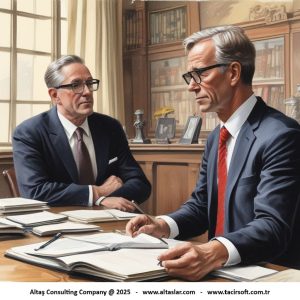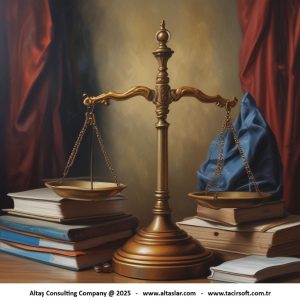
A Glance at Stock Certificates
We will take a look at the history of stock certificates in Europe and United States. They have a rich history rooted deeply in the economic and financial developments. These certificates represent ownership in a company and have evolved significantly over time.
Early Beginnings in Europe
The concept of stock certificates can be traced back to the Dutch East India Company in the early 17th century. It was the first company to issue stock and bonds to the general public. This marked a pivotal change in the way businesses operated, moving from family-owned enterprises to shareholder-based corporations. This system enabled companies to gather the capital needed for large ventures, particularly in trade and colonization.
The idea spread quickly throughout Europe, with countries like England and France establishing their own corporations that issued stocks. The London Stock Exchange was founded in 1801, formalizing the trading of stocks and further embedding stock certificates as key financial instruments.
Expansion to the United States
The United States adopted the concept of stock certificates as it developed its own economic frameworks. The first stock exchange in the U.S. was the Philadelphia Stock Exchange, established in 1790, followed by the New York Stock Exchange (NYSE) in 1792. These institutions were pivotal in the economic expansion of the country, particularly in the development of its industries and railroads in the 19th century.
During the Industrial Revolution, stock certificates became crucial for raising capital to fund large-scale industrial and infrastructural projects. This period saw a significant increase in the use of these certificates as the U.S. economy boomed and expanded westward.
Technological and Regulatory Changes
The 20th century brought about significant changes to how stock certificates were used and perceived. The introduction of electronic trading and record-keeping in the late 20th century began the gradual phase-out of physical stock certificates. This transition to digital forms was driven by the need for efficiency, security, and speed in transactions.
Regulatory changes also played a significant role in the evolution of stock certificates. Both in Europe and the U.S., regulations were introduced to protect investors and ensure the integrity of the financial markets. The Securities and Exchange Commission (SEC) in the U.S., established after the stock market crash of 1929, and similar regulatory bodies in Europe, implemented stricter controls on the issuance and trading of stock certificates.
Modern Era
Today, the use of physical stock certificates is rare, as most stocks are held in electronic form. This shift has reduced the risk of loss and fraud associated with physical certificates and has streamlined the process of trading and transferring ownership.
Conclusion
We took a quick look at the history of stock certificates in Europe and the United States. The history of stock certificates is a testament to the evolution of financial instruments and their impact on global economic development. From the quaint streets of Amsterdam to the bustling stock exchanges of New York and London, stock certificates have played a foundational role in shaping modern corporate finance and investment practices. This history not only reflects the growth of economies but also changes in technology and regulatory. For your questions and inquiries, please contact us.


